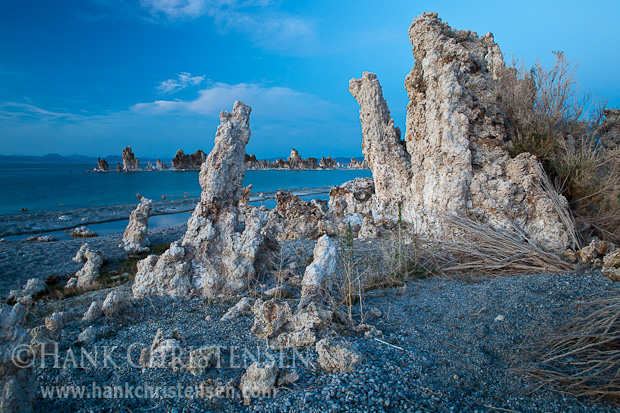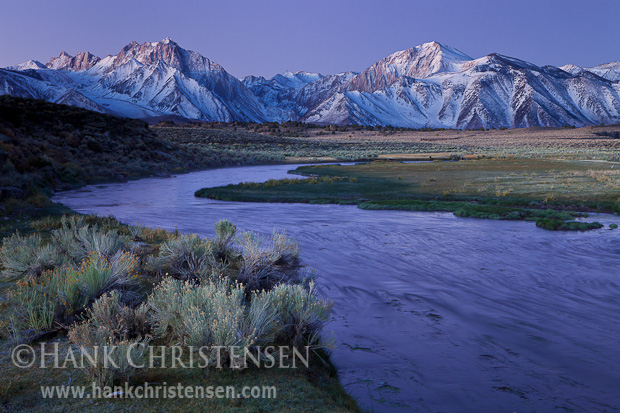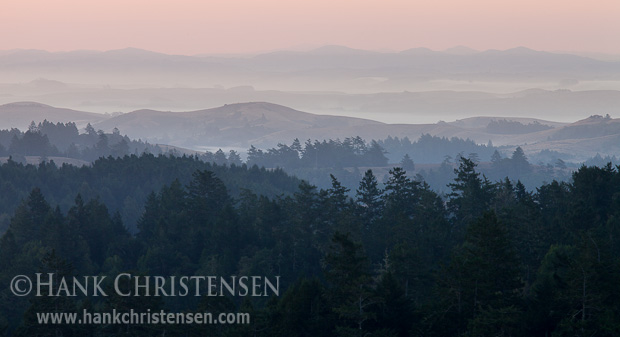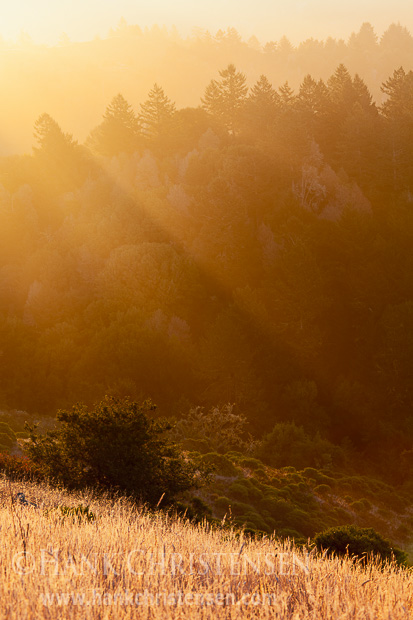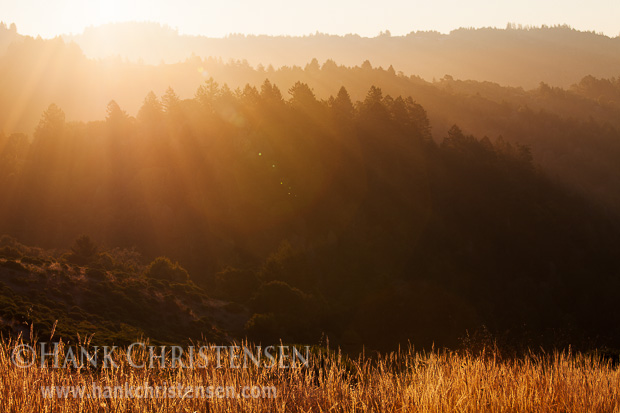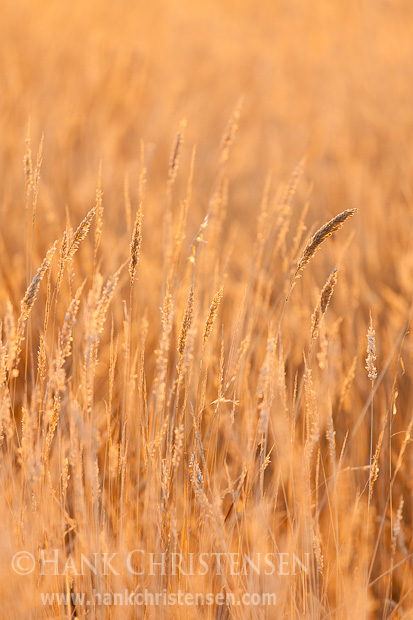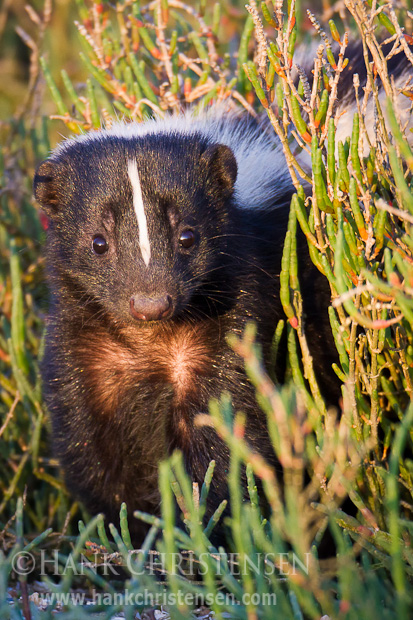I am a little late this year, but finally, here are my favorite images from the previous 12 months. This year I only had one major photography focused trip to the northern California coast, capturing the delicate rhododendrons amongst the fog of the coastal redwoods. I also had a truncated attempt at the John Muir Trail (got completely rained out after only three days) and a wonderful trip to Kauai to celebrate ten years with my beautiful wife.
Photos from all of these trips plus a wide variety of birds made my top 40 list this year. Please enjoy the gallery below. For best viewing (especially if viewing on a mobile device), please click on the following photo:
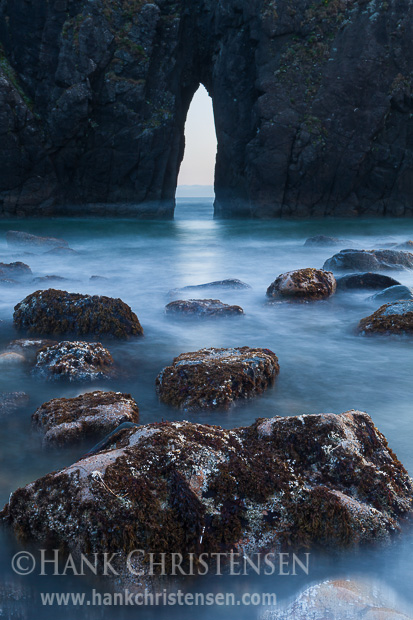
Or, just enjoy the gallery here on the page. To view larger photos in the embedded gallery below, be sure to click the icon in the lower right corner to enter full screen mode.
Hank’s Picks 2013 – Images by Hank Christensen
If you are interested in compilations from previous years, please see the 2012 2011 and 2010 lists.

